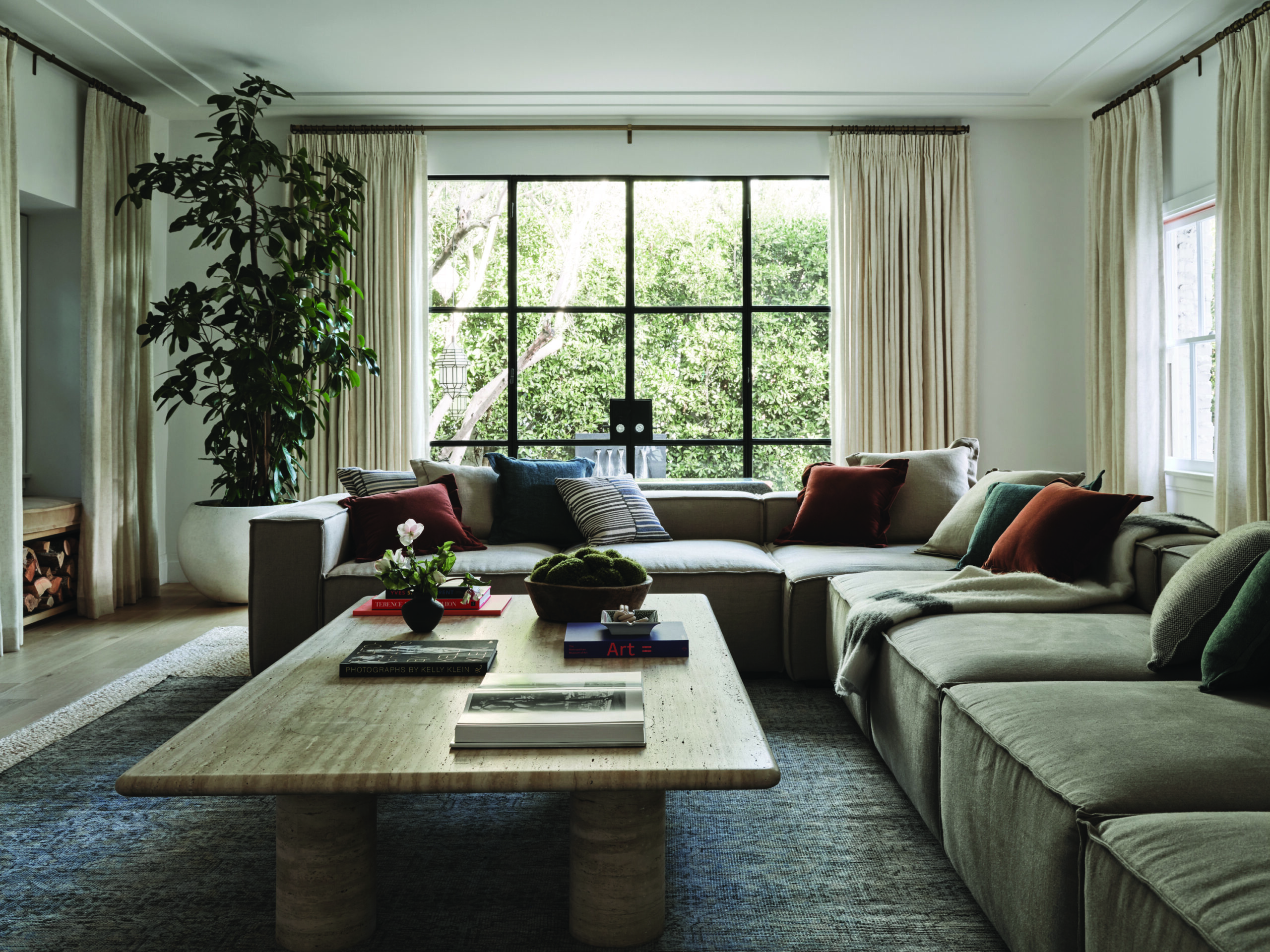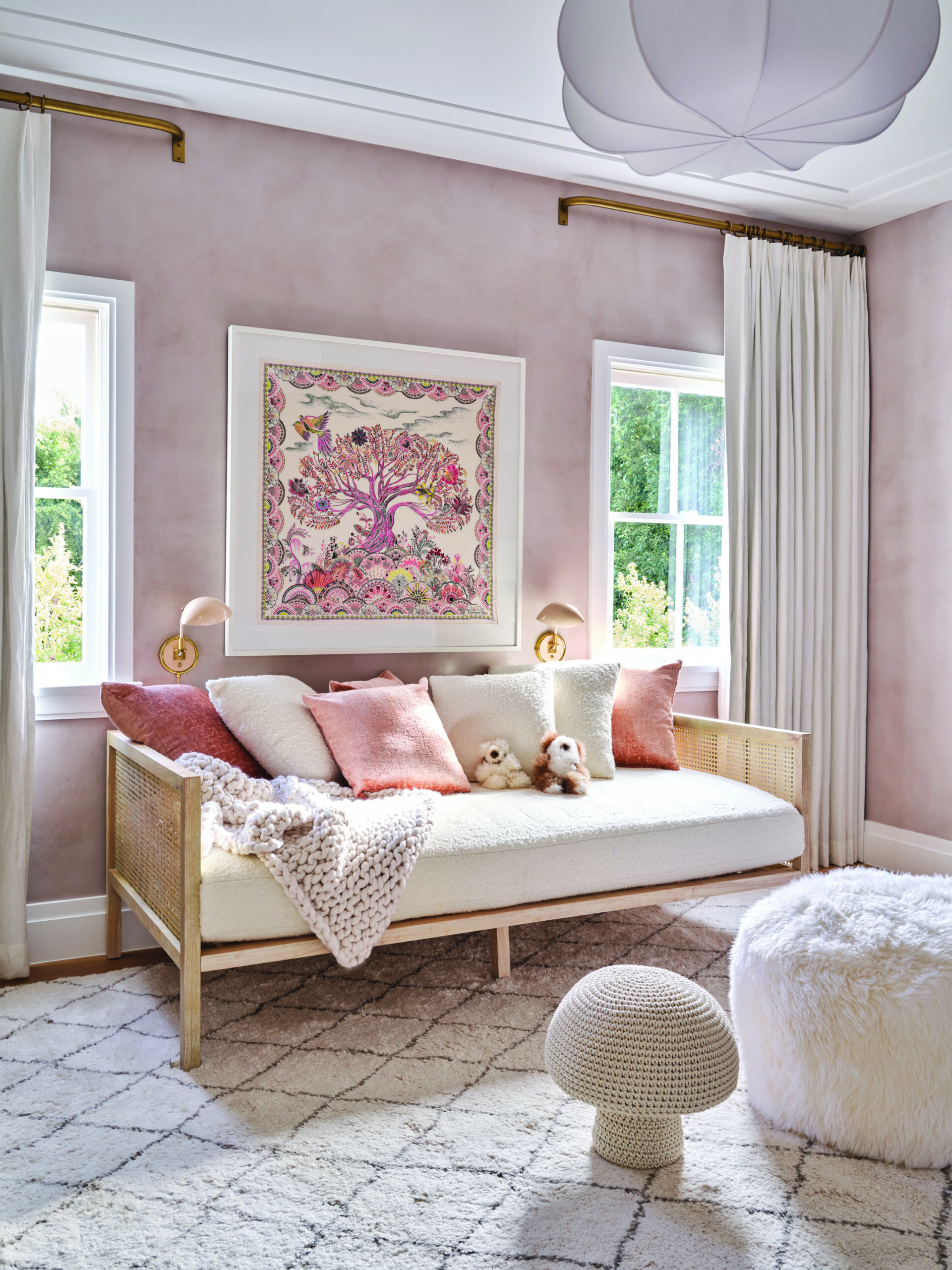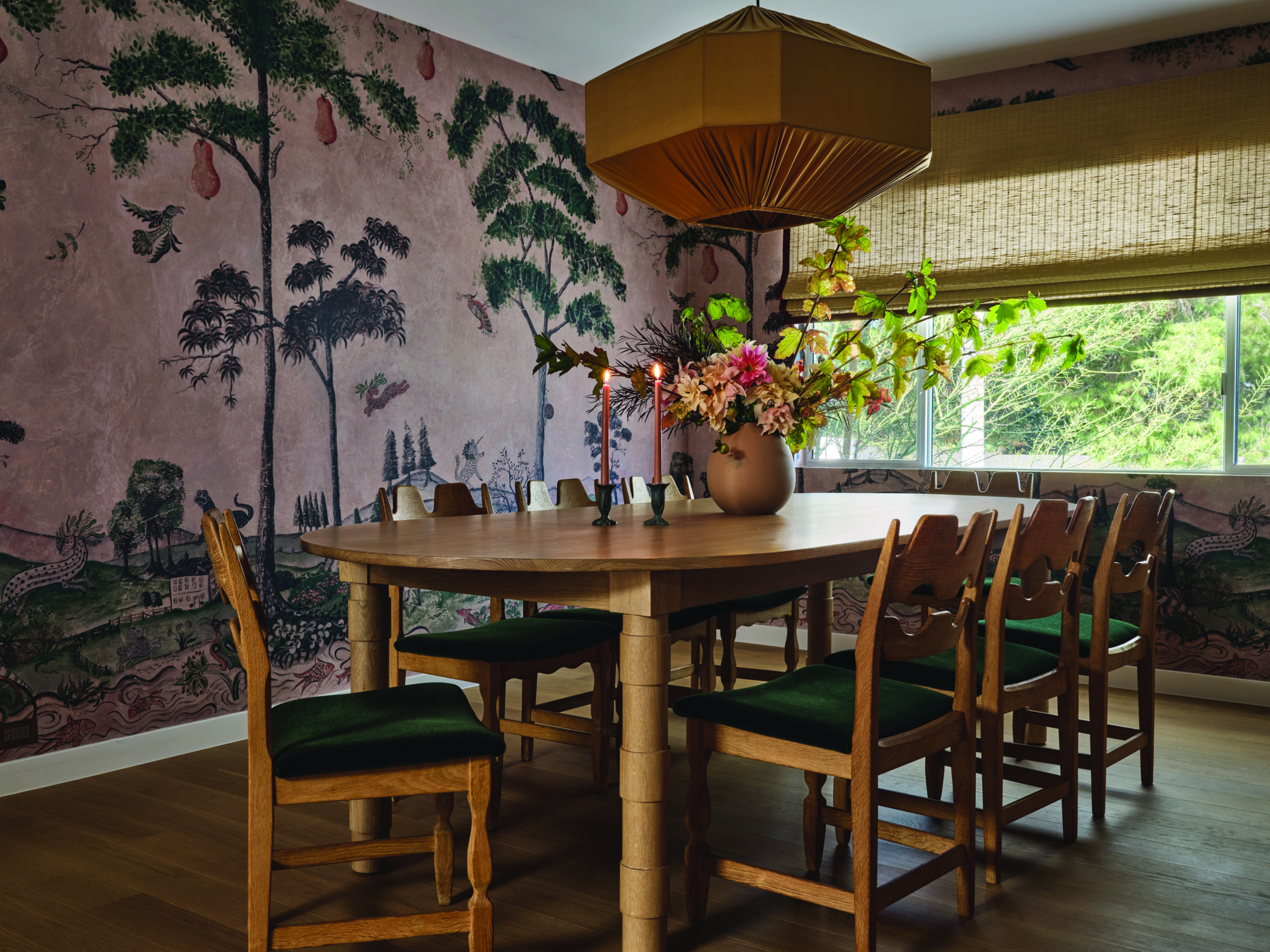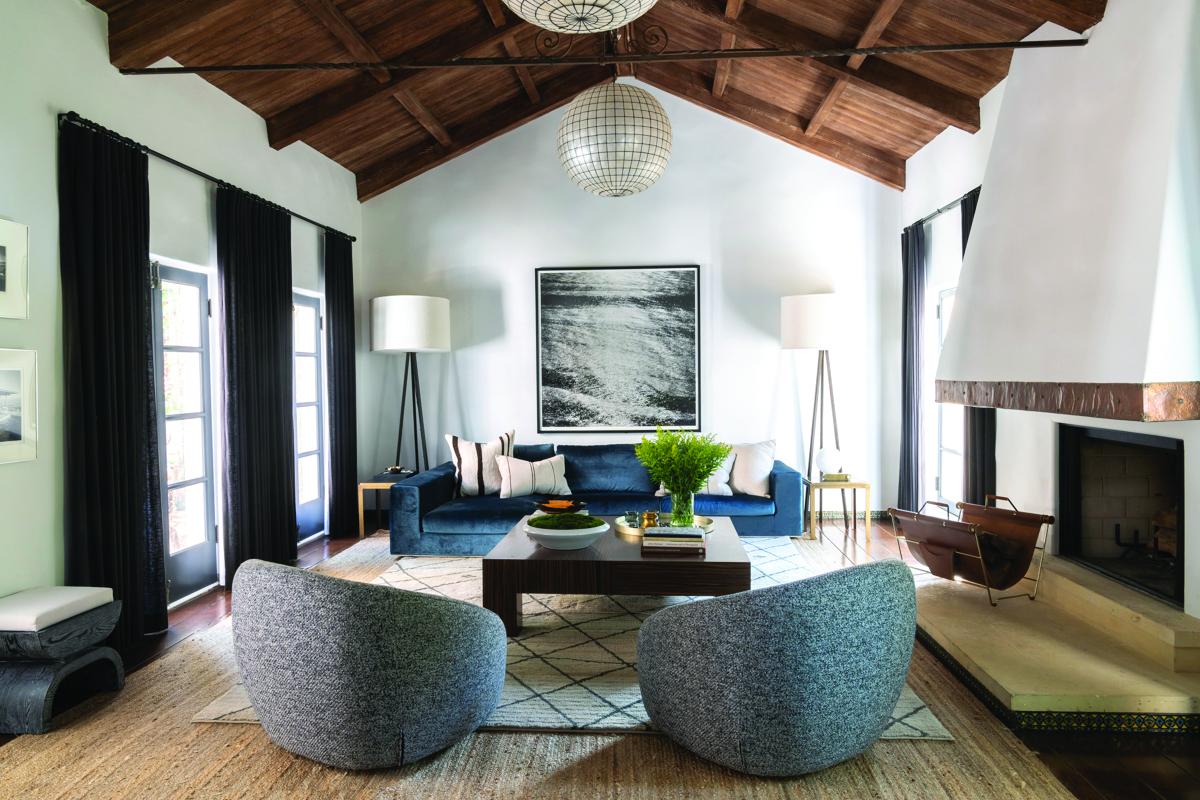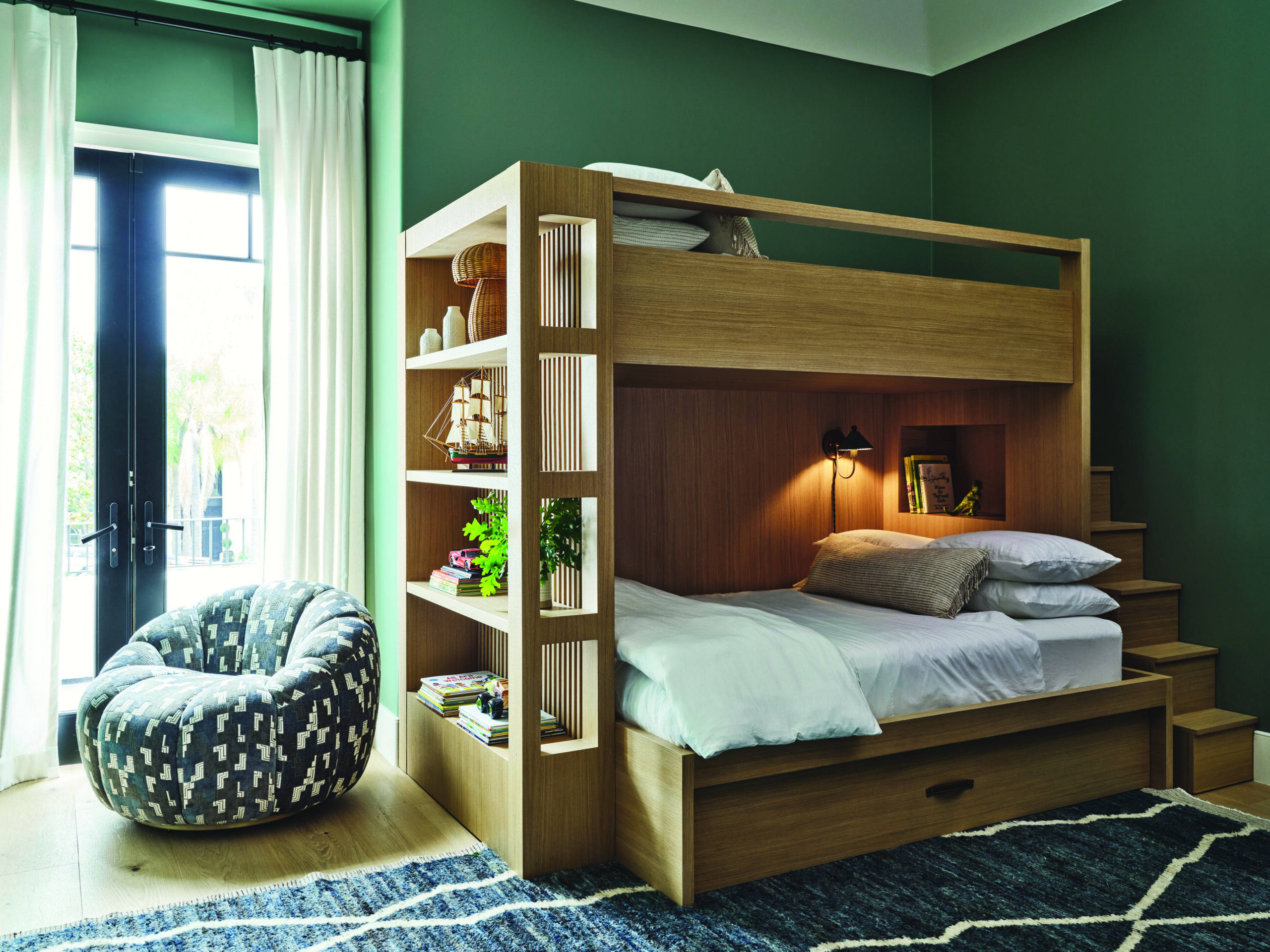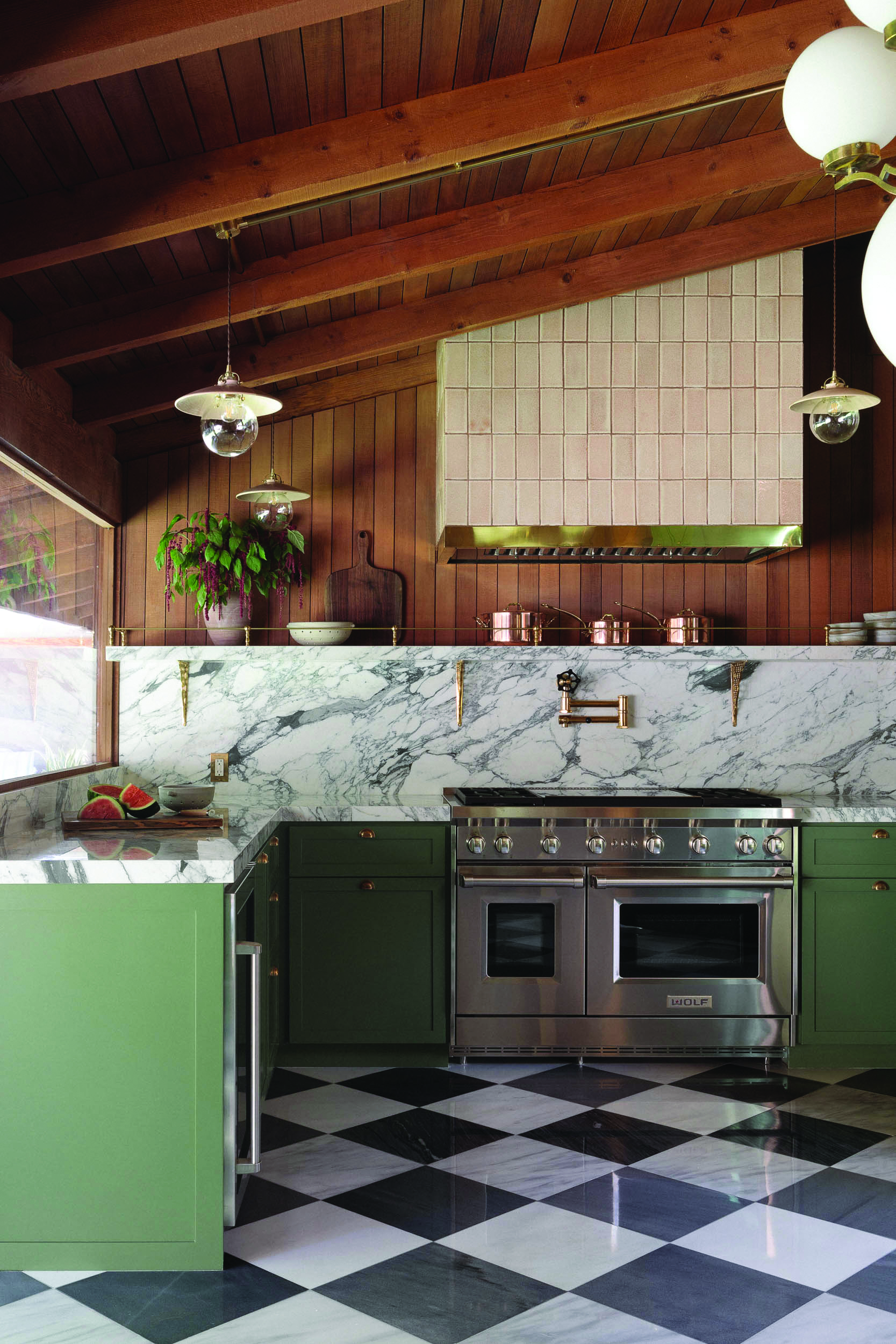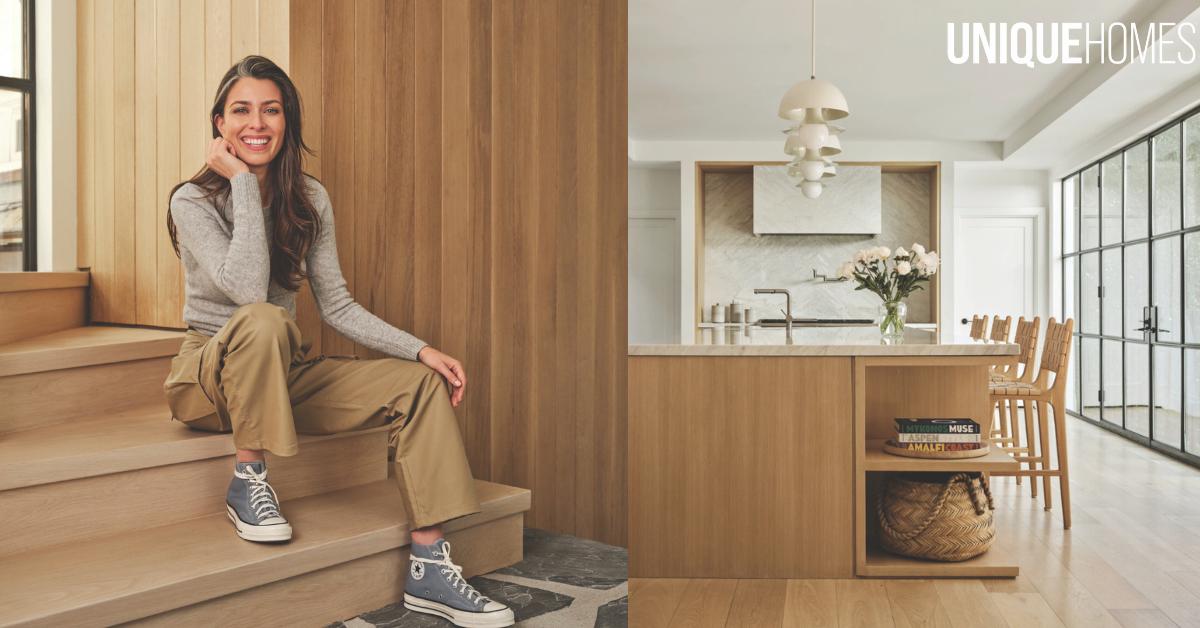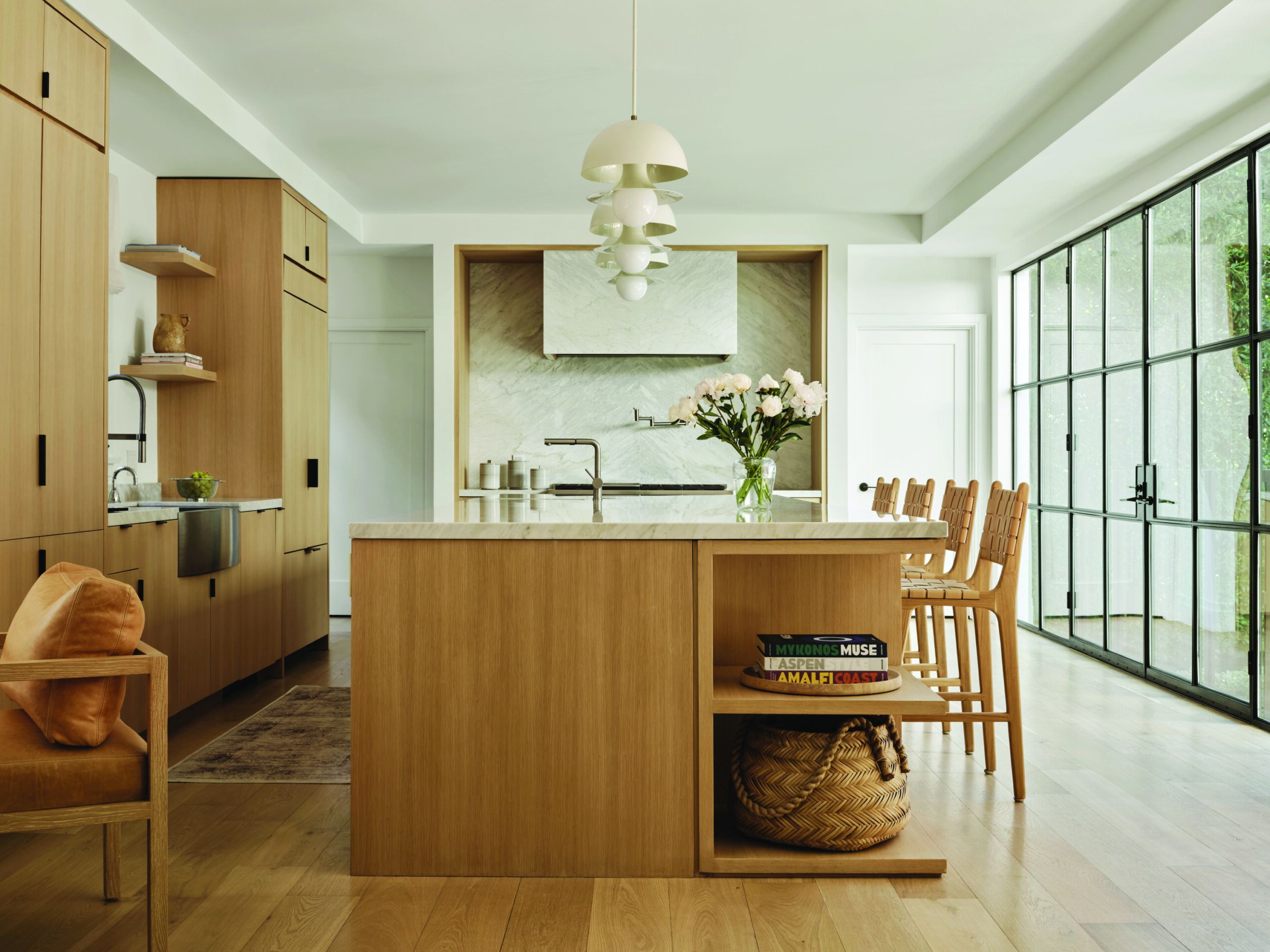
Interested in Interior Design Trends 2025? We spoke with luxury designer Jaqui Seerman to hear her insights.
From an early age, designer Jaqui Seerman had an eye for beauty and an innate sense of how to shape a space and start designing with distinction. Encouraged by parents who recognized her raw talent, she turned her childhood fascination into a flourishing interior design career spanning nearly two decades. Now, with years of experience crafting spaces that are as personal as they are visually captivating, Seerman shares her top tips for creating a home that is elevated and uniquely yours.
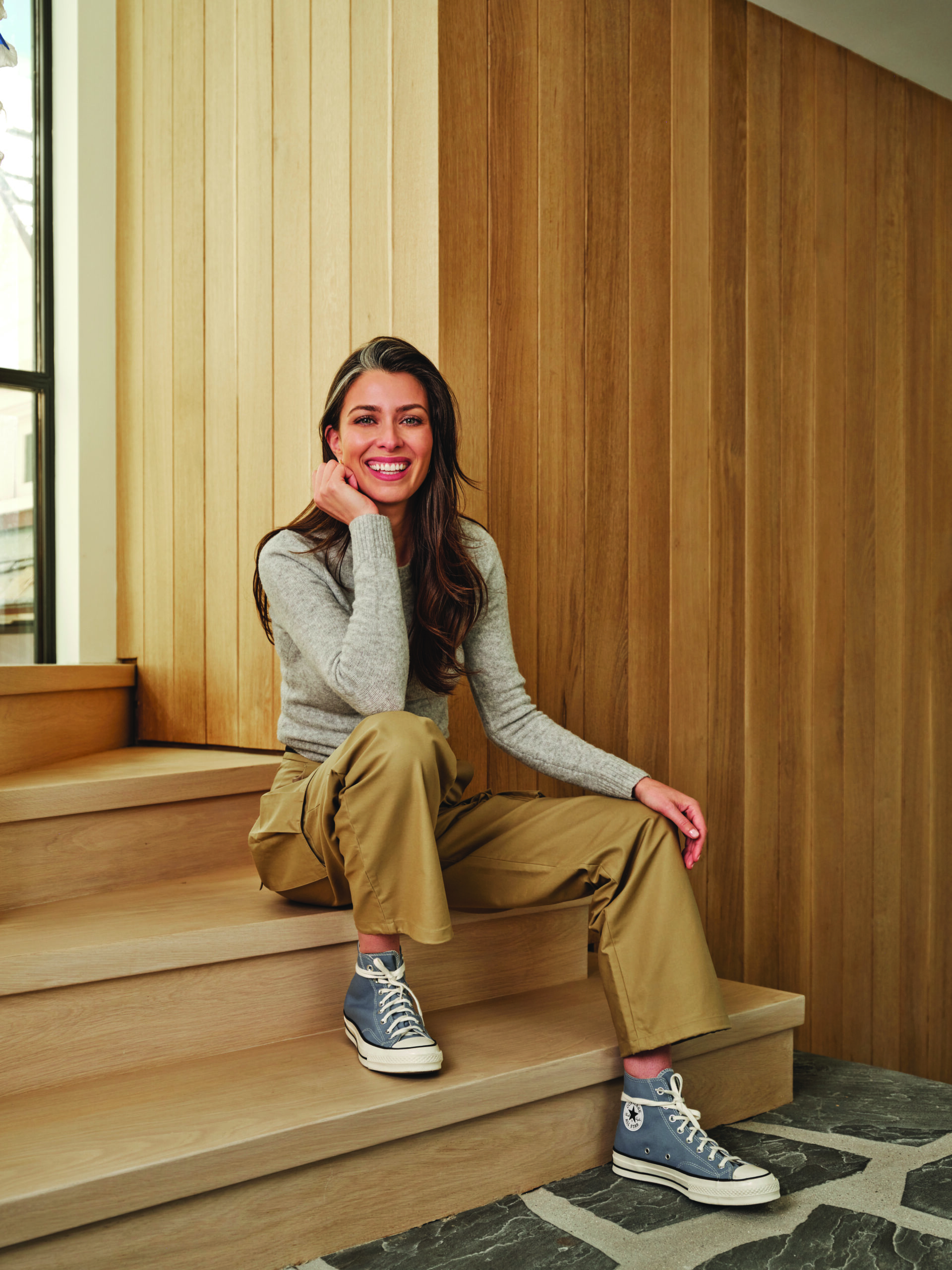
How did you begin studying design?
As an apprentice! I began as a design assistant to some of Southern California’s industry elites, first with Waldo Fernandez and later with Martyn Lawrence Bullard. During this time, I absorbed the intricate process of crafting a creative vision, building strong client-designer relationships, and managing the behind-the-scenes coordination essential to creating one-of-a-kind spaces.
How did you discover your unique style as a designer?
After nearly a decade in the industry, I decided to take the leap and start my own company. Though I was initially anxious about defining my own design identity, I was confident in my unique, client-first approach. Eight years later, we’re busier than ever, continuing to provide top-tier client service and crafting beautifully designed legacy spaces.
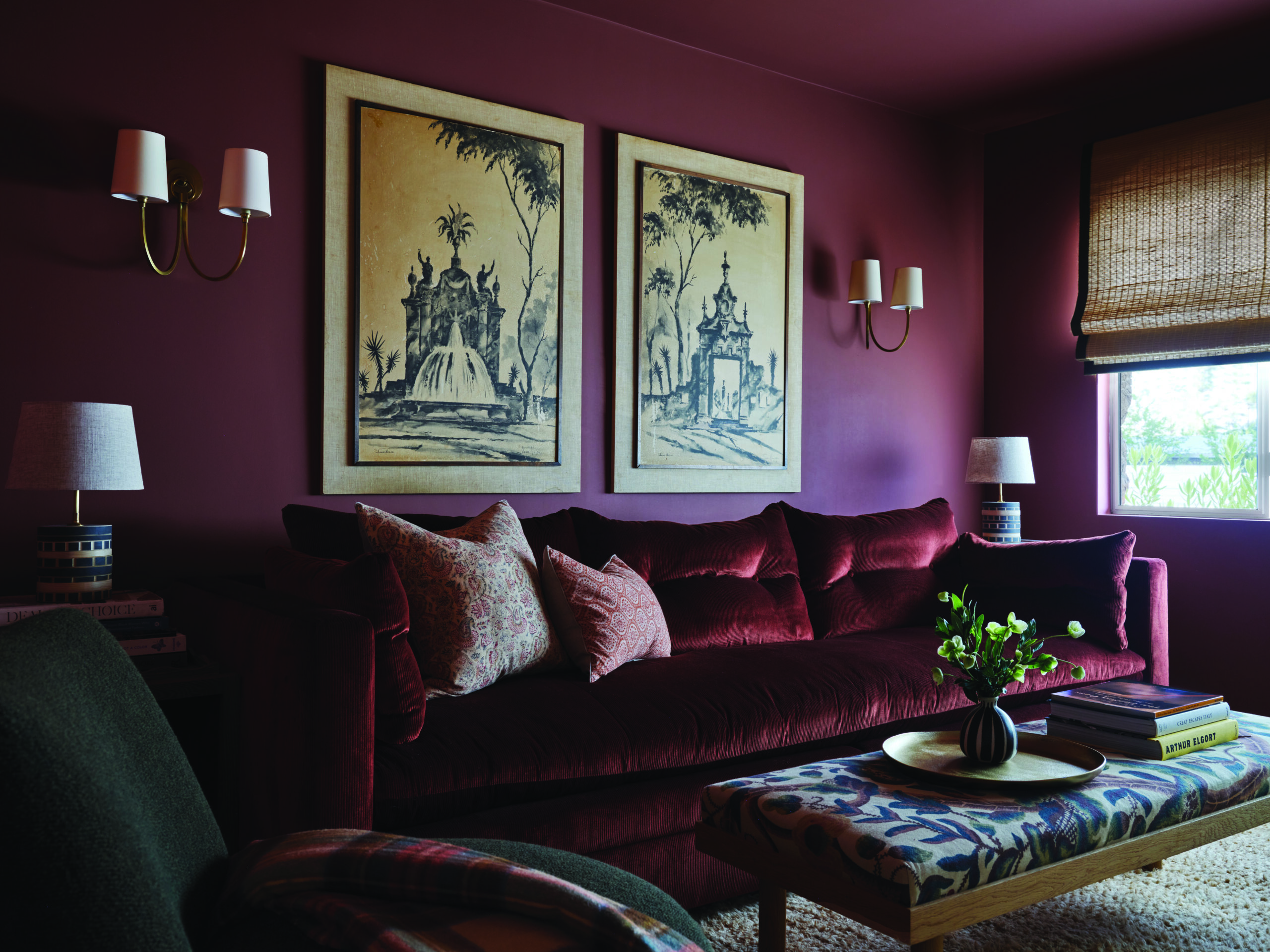
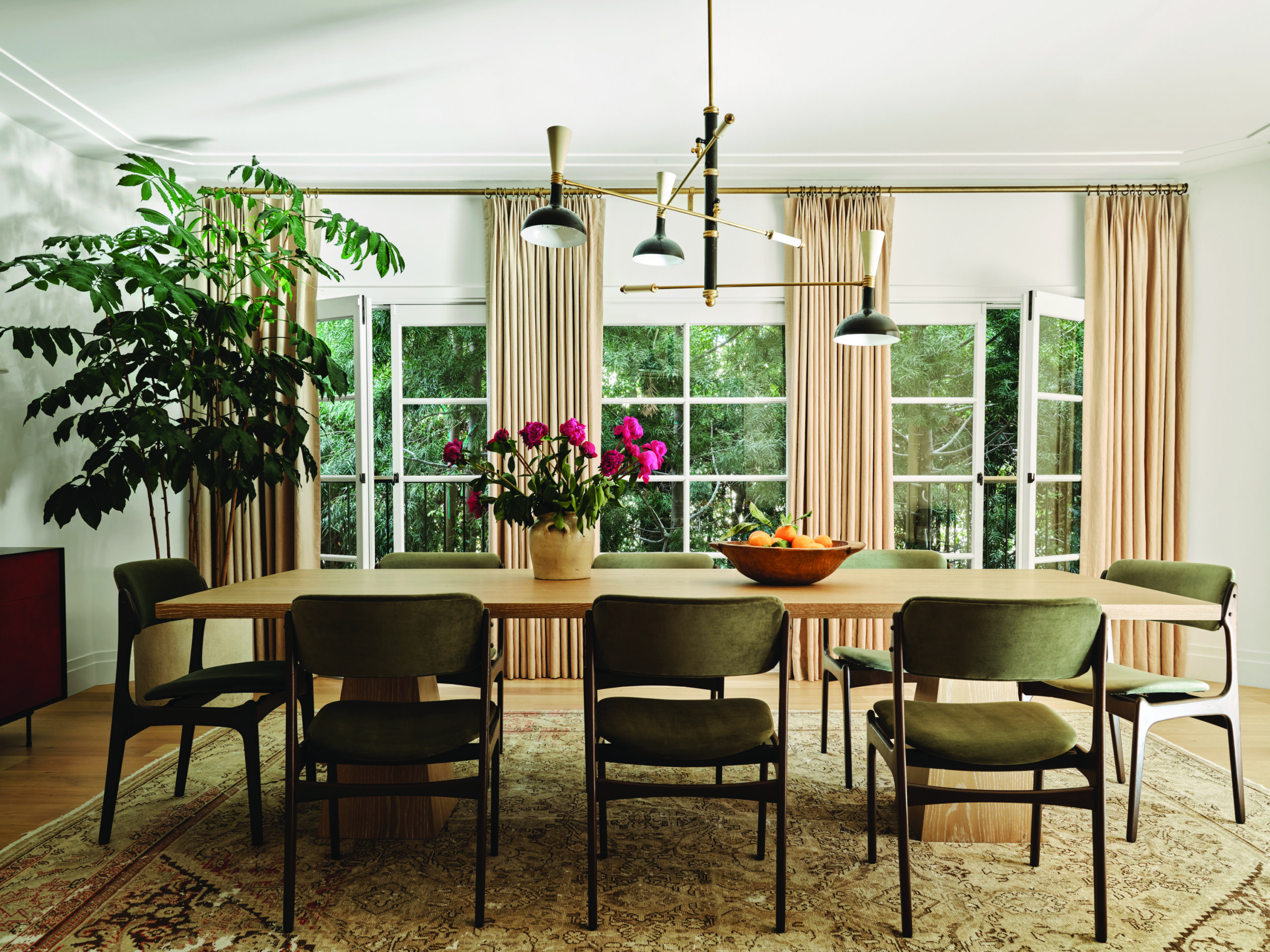
How do you keep the design of each project fresh and new while staying loyal to your personal design style?
The design process is deeply personal. It’s essential to me that the spaces we create not only reflect the client’s lifestyle but also embody an elevated, well-curated aesthetic. This process varies for each client — some prefer to be deeply involved, while others prefer a more hands-off approach.
How do you approach learning about your clients to deliver spaces that truly reflect their taste and personality?
We use a “first thought, best thought” approach. We quickly present images and ask clients to share their likes and dislikes without hesitation or judgment. This method removes the fear of saying the “wrong” thing and encourages instinctive responses. It allows us to bypass formalities and get straight to understanding their preferences.
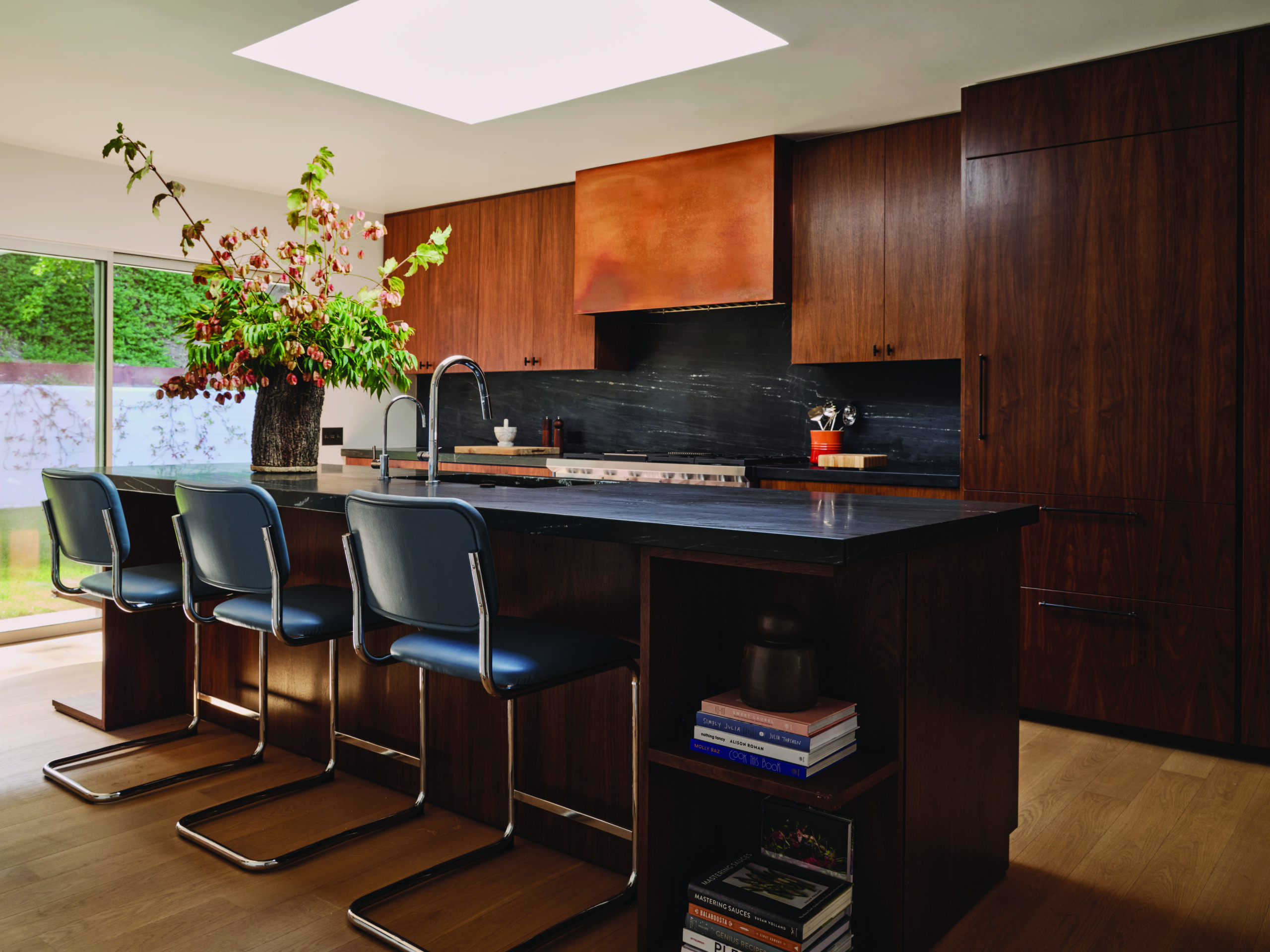
Interior Design Trends 2025
How do you incorporate trends into your designs?
More often than not, the clients we work with are open to taking risks. Many come from creative industries and have a strong sense of self, making them willing to move beyond popular interior aesthetics and explore new, uncharted design territory.
What is the key to incorporating different colors, patterns, and textures in your projects without them becoming chaotic or too busy?
Enveloping a room in a single color from top to bottom is an effortless way to create maximum impact. Painting the space — baseboards, walls, trim, and ceiling — in one hue creates a cocooning effect that feels both inviting and playfully sophisticated, all while remaining approachable and livable. I love blending design styles, finishes, patterns, and materials. The more layered and curated a space feels, the more authentic and lived-in it becomes.
What role does lighting play in your designs, and how do you select the right lighting for a space?
I’m a big fan of ambient and natural lighting, and I love creating spaces with a darker, moodier atmosphere. To achieve this, I often use decorative fixtures as statement pieces. I also appreciate the need for integrated lighting and love working with systems like Lutron, which allow for seamless transitions from day to night.
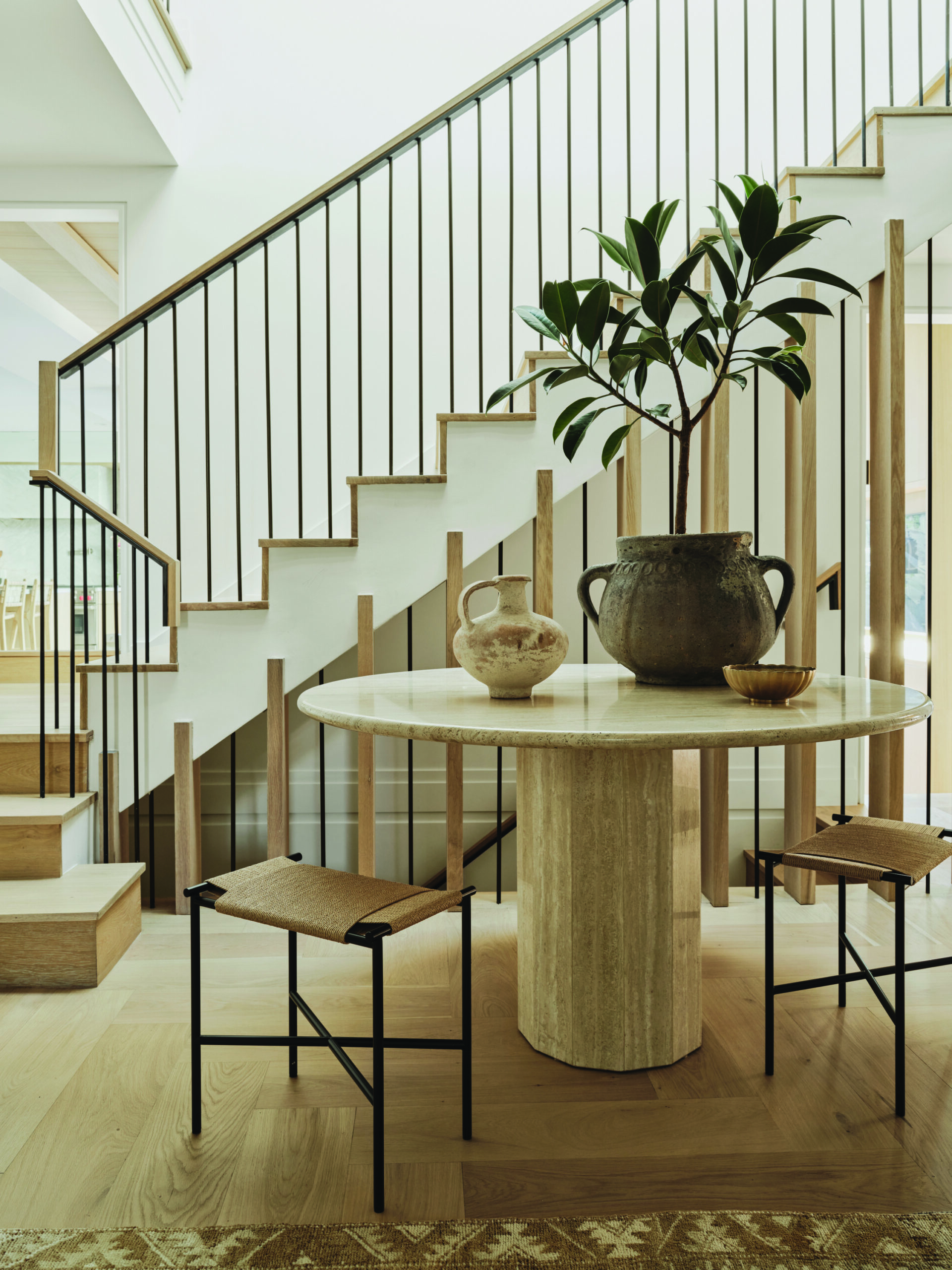
What role do you think art plays in completing a space, and how do you help clients choose the right pieces?
I love how art can enhance a space, but I also appreciate environments that are entirely void of it. Both aesthetics can be equally powerful. When advising clients on art selection, my main goal is to ensure they choose pieces that are personal and resonate with them. Art should be seen as a meaningful investment, not simply as an accessory to fill the wall.
What do you think is the most important element of a home’s design that people often overlook?
We always encourage our clients to think about where everyday essentials will be stored in their homes. A well-designed home isn’t just about aesthetics; it’s also about functionality. Thoughtful storage solutions play a key role in how a space performs.
How do you approach designing for families with children or pets, balancing style with practicality?
When designing for families, pet owners, or avid entertainers, durability is always a top priority. I love using natural materials like real wood, stone, wool, and cotton, as they perform exceptionally well in high-use spaces and can be restored over time. Along with beauty, I value stability and craftsmanship, paying close attention to how, where, and by whom each piece is made. An active household doesn’t require compromise — just thoughtful selections.
What is one design tip you live by?
Touch it once — if you can, invest in doing it right the first time. You’ll look back and appreciate that decision for years to come.
How do you approach designing for families with children or pets, balancing style with practicality?
When designing for families, pet owners, or avid entertainers, durability is always a top priority. I love using natural materials like real wood, stone, wool, and cotton, as they perform exceptionally well in high-use spaces and can be restored over time. Along with beauty, I value stability and craftsmanship, paying close attention to how, where, and by whom each piece is made. An active household doesn’t require compromise — just thoughtful selections.
What is one design tip you live by?
Touch it once — if you can, invest in doing it right the first time. You’ll look back and appreciate that decision for years to come.
